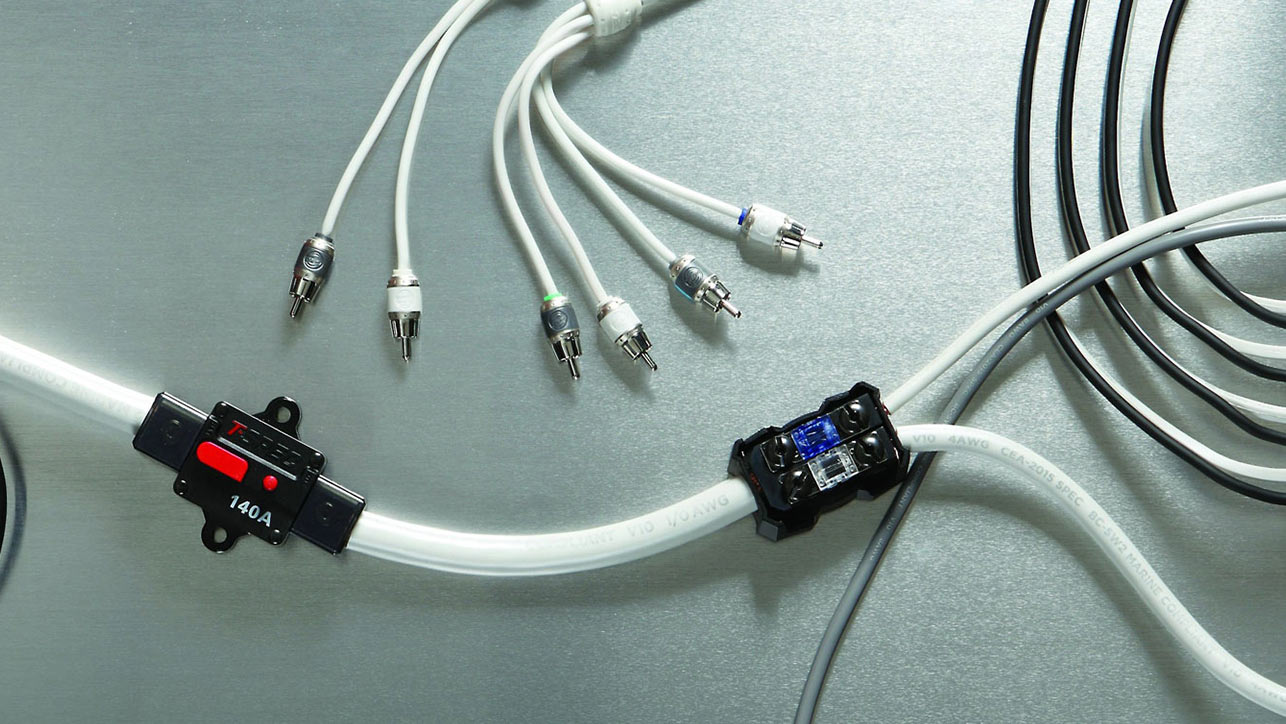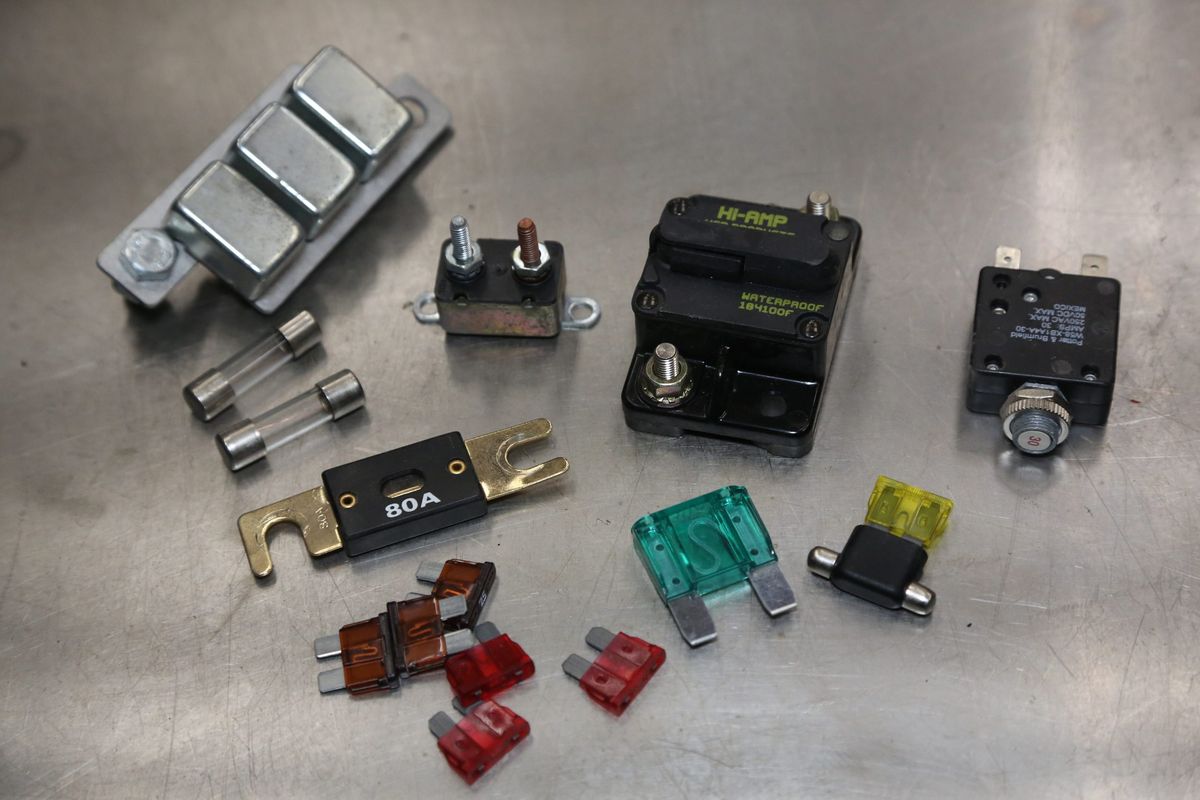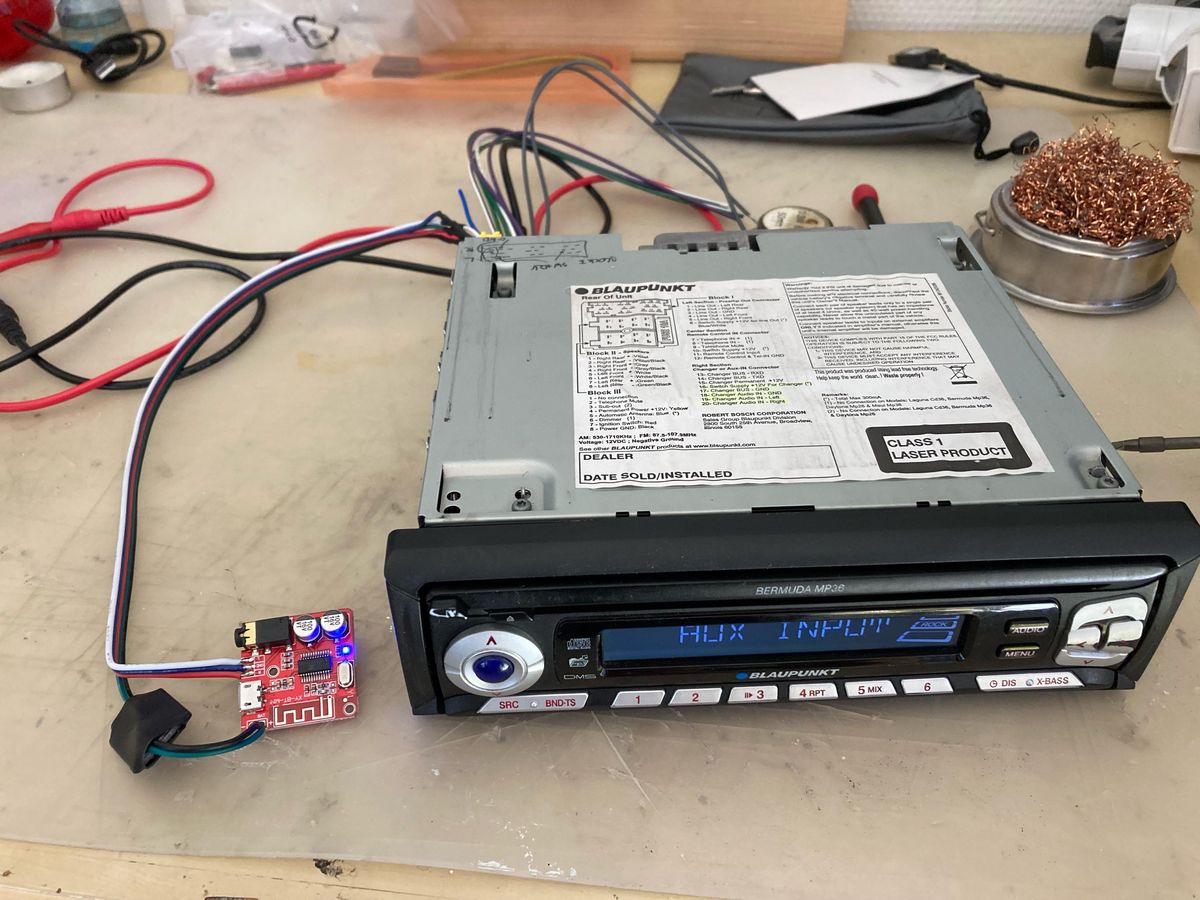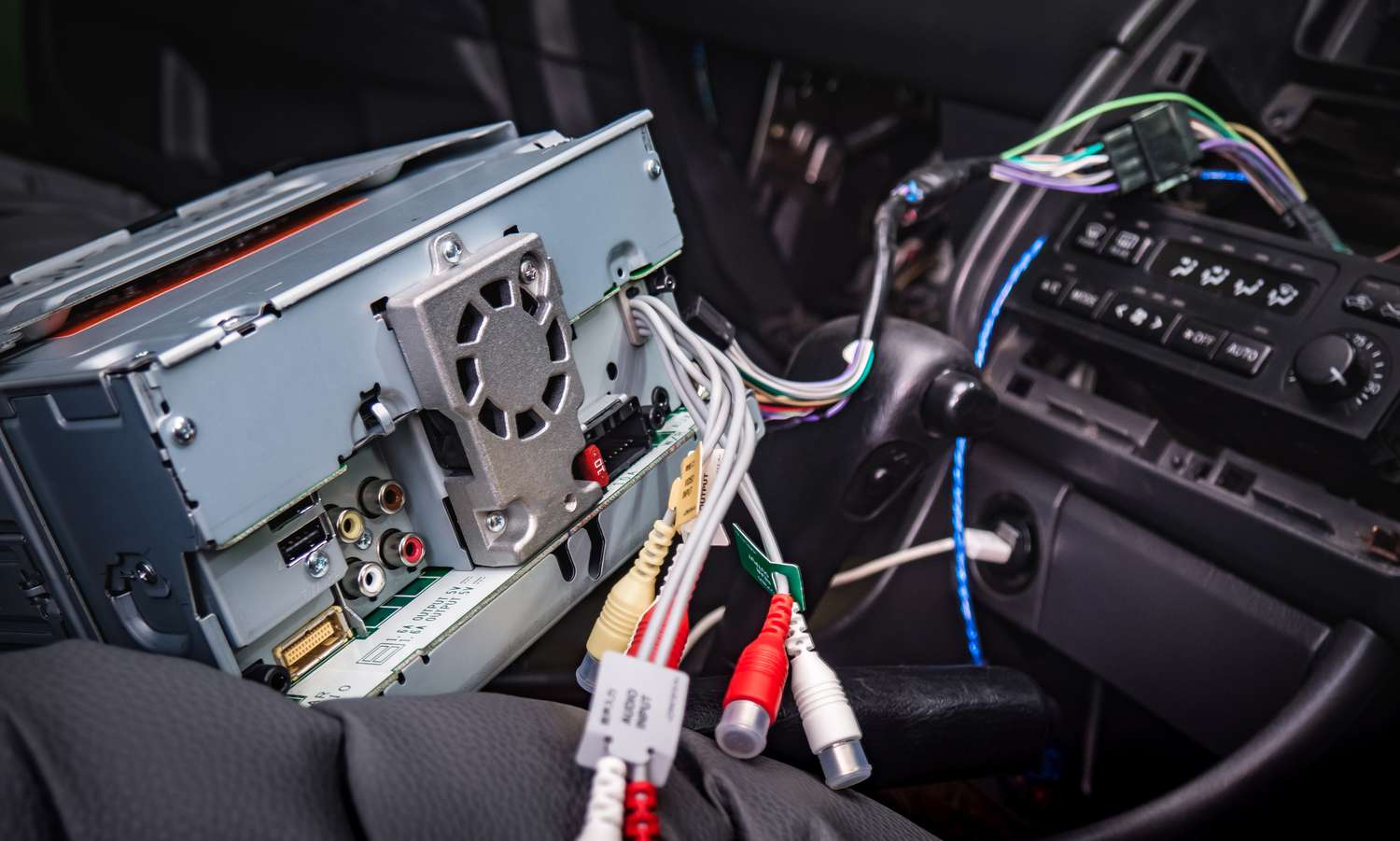Home>Production & Technology>Stereo>What Is Fader In Car Stereo
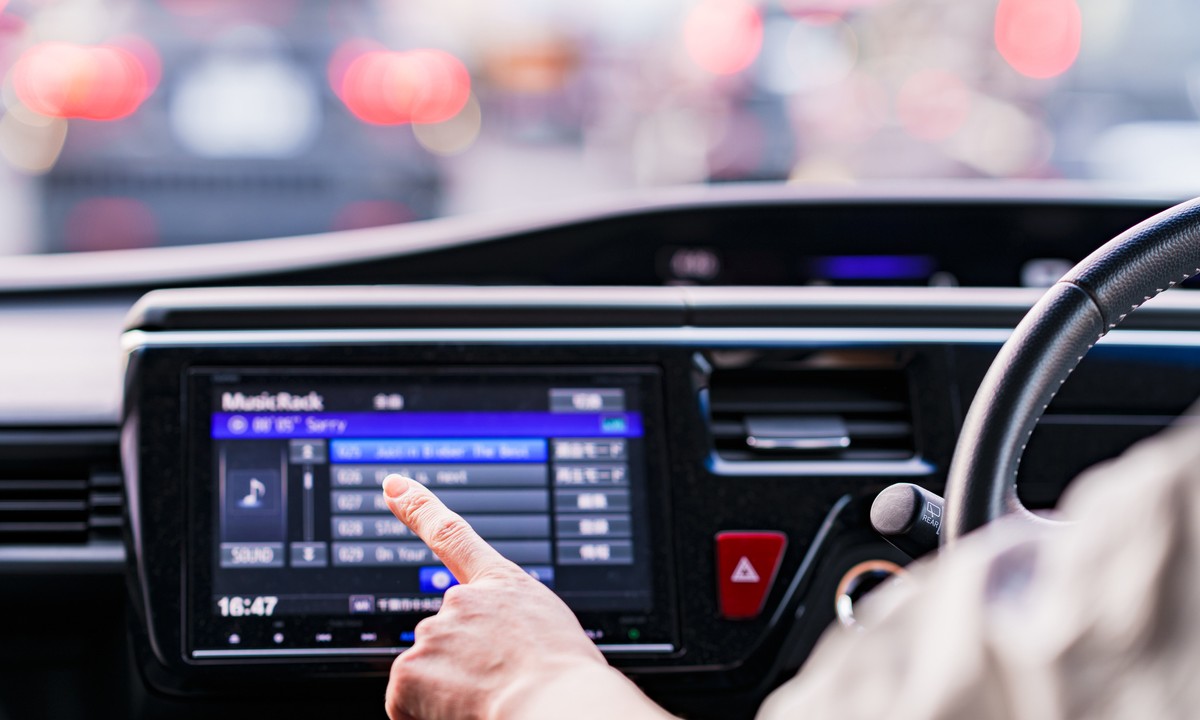

Stereo
What Is Fader In Car Stereo
Modified: January 22, 2024
Looking to enhance your car stereo? Learn about the fader feature and how it improves stereo sound quality, providing a richer audio experience for your vehicle.
(Many of the links in this article redirect to a specific reviewed product. Your purchase of these products through affiliate links helps to generate commission for AudioLover.com, at no extra cost. Learn more)
Table of Contents
Introduction
The fader is an essential component of a car stereo system that allows you to adjust the audio balance between the front and rear speakers. It plays a significant role in optimizing the sound quality and creating an immersive audio experience while driving. Whether you are passionate about music or simply enjoy a good audio experience on the road, understanding the functionality of the fader can greatly enhance your driving pleasure.
As you cruise down the open road, the fader provides you with the ability to control the volume distribution between the front and rear speakers. It allows you to emphasize the sound from either the front or the rear speakers, or to balance it evenly across all speakers. This flexibility ensures that you can tailor the audio output to your preferences and create the ideal listening environment within your vehicle.
While many drivers may not pay much attention to the fader settings, it is an invaluable tool for achieving superior sound quality. By adjusting the fader, you can enhance the clarity, depth, and richness of the audio, making your favorite songs come alive as you drive. Furthermore, having control over the fader can be particularly useful when you have passengers in the back seat or when you want to showcase your sound system’s capabilities to friends and family.
In the following sections, we will delve into the definition and purpose of the fader in a car stereo system. We will explore how the fader works, the benefits of using it, common issues that may arise, and provide helpful tips for adjusting the fader settings to optimize your listening experience. So, let’s take a deep dive into the world of car stereo faders and unlock the potential of your audio system!
Definition of Fader
The fader, in the context of car stereo systems, refers to a control knob or button that allows the user to adjust the audio balance between the front and rear speakers. It is a crucial feature that gives the driver the ability to customize the sound distribution in the vehicle to suit their preferences.
The fader works by altering the relative volume levels of the front and rear speakers. By turning the fader knob or pressing the corresponding buttons, the user can shift the audio emphasis forward or backward in the vehicle. When the fader control is adjusted towards the front speakers, the sound will be predominantly heard from the front of the car. Conversely, when it is adjusted towards the rear speakers, the audio focus will shift towards the back of the car. In the center position, the fader will evenly distribute the sound among all speakers.
Faders can be found on the head unit of the car stereo system or on the steering wheel controls, depending on the design and features of the vehicle. Some modern car stereos may even incorporate digital fader controls within their touchscreen interfaces. Regardless of the implementation, the purpose of the fader remains the same: to provide the driver with the ability to fine-tune the audio balance for an optimal listening experience.
It is important to note that the fader control is distinct from the balance control, despite their similarities. While the fader adjusts the front-to-rear audio balance, the balance control adjusts the left-to-right audio balance between the left and right speakers. Both controls are essential for achieving the desired sound output within the car.
Overall, the fader is an integral component of a car stereo system, allowing drivers to have control over the audio distribution throughout the interior of the vehicle. Its versatile functionality empowers users to create a customized audio environment, enhancing the overall listening experience while on the road.
Purpose of Fader in Car Stereo
The fader in a car stereo system serves several important purposes that contribute to an improved audio experience while driving. Understanding the purpose of the fader can help you make the most out of your car’s audio system and enhance your overall enjoyment on the road.
1. Audio Balance: The primary purpose of the fader is to control the audio balance between the front and rear speakers. It allows you to adjust the volume distribution according to your preference. By emphasizing the sound from the front speakers, you can create a more immersive audio experience that captures every detail of your favorite songs. Alternatively, if you have passengers in the back seat, you can shift the audio focus towards the rear speakers to ensure they can fully enjoy the music as well.
2. Personalization: Every individual has their own unique audio preferences. The fader provides the flexibility to tailor the sound output according to your specific liking. You can adjust the fader to align with your preferred listening style, whether you prefer a more forward soundstage or a more balanced distribution throughout the vehicle. This personalization allows you to create a customized audio environment that enhances your driving experience.
3. Compensation for Speaker Placement: Car audio systems are often designed with the front speakers placed closer to the occupants compared to the rear speakers. This disparity in placement can lead to an uneven audio distribution if left unadjusted. The fader can compensate for this difference by allowing you to increase the volume of the rear speakers, ensuring a more balanced sound throughout the car. It helps create a cohesive listening experience, where no particular speaker location is overpowering the others.
4. Showcasing the Sound System: If you have invested in a high-quality audio system for your car, the fader can help showcase its capabilities. By adjusting the fader settings, you can highlight the specific strengths of your audio setup. For example, if you have installed premium rear speakers, you can increase the volume on the rear fader to give prominence to those speakers and demonstrate their exceptional sound quality. This feature is particularly useful when sharing your audio system with friends or family.
Overall, the purpose of the fader in a car stereo system is to provide you with control over the audio balance, allowing for personalization and compensation for speaker placement. It enhances the driving experience by delivering a tailored audio output that suits your preferences and creates an immersive sound environment within your vehicle.
How Fader Works
The fader in a car stereo system works by adjusting the volume levels of the front and rear speakers to control the audio balance within the vehicle. It accomplishes this by manipulating the electrical signals that are sent to the respective speakers.
When you turn the fader knob or press the corresponding buttons, you are essentially adjusting the resistance or voltage that is being sent to the speakers. This adjustment affects the amount of electrical power each speaker receives, which in turn alters the volume output of the speakers.
Most car stereo systems will have a basic fader control that allows you to shift the audio balance from front to rear or vice versa. By turning the fader towards the front speakers, the resistance or voltage sent to the rear speakers is reduced, resulting in a decrease in their volume. Similarly, when the fader is adjusted towards the rear speakers, the resistance or voltage to the front speakers is decreased, lowering their volume.
For more advanced car stereo systems, digital fader controls may be present. These systems use digital signal processors (DSPs) to adjust the audio balance. The DSPs process and manipulate the audio signals, allowing for precise control over the volume distribution among the speakers. This digital processing enables more accurate and finer adjustments to the audio balance, providing a more immersive and customized listening experience.
It’s important to note that the fader control operates independently of the main volume control. Adjusting the main volume control will uniformly increase or decrease the volume of all speakers, whereas the fader specifically controls the balance between the front and rear speakers.
Whether your car stereo system features a traditional analog fader or a more advanced digital control, the basic mechanism remains the same. The fader adjusts the volume levels sent to the front and rear speakers, giving you the ability to fine-tune the audio balance and create your desired listening environment.
By understanding how the fader works, you can make effective use of this control to optimize the sound distribution in your car stereo system and fully enjoy your favorite music while on the road.
Benefits of Using Fader in Car Stereo
The fader control in a car stereo system provides several benefits that greatly enhance the audio experience while driving. Understanding these benefits can help you make the most out of your car’s audio system and elevate your enjoyment on the road.
1. Customized Listening Experience: One of the key benefits of using the fader is the ability to customize the audio balance to suit your preferences. Whether you prefer a more front-focused soundstage or a balanced distribution throughout the vehicle, the fader allows you to adjust the volume distribution between the front and rear speakers. This customization ensures that the audio output aligns with your personal listening style, creating an immersive and enjoyable experience every time you drive.
2. Enhanced Sound Quality: By fine-tuning the audio balance using the fader, you can significantly enhance the overall sound quality in your car. For example, if you have high-quality rear speakers that are often overshadowed by the front speakers, adjusting the fader towards the rear can bring their sound to the forefront and showcase their capabilities. This balanced audio distribution can result in a more immersive and detailed listening experience, allowing you to fully appreciate the nuances in your favorite music.
3. Improved Passenger Experience: The fader control is particularly useful when you have passengers in the back seat. By shifting the audio focus towards the rear speakers, you can ensure that everyone in the car can enjoy the music equally. This balanced distribution creates a more inclusive and enjoyable experience for all occupants, making long drives or road trips more pleasurable for everyone.
4. Compensation for Speaker Placement: In most car audio systems, the front speakers are typically placed closer to the listeners compared to the rear speakers. This placement can sometimes lead to an uneven audio distribution, with the front speakers appearing louder or more dominant. The fader control can compensate for this difference by allowing you to increase the volume of the rear speakers, resulting in a more balanced sound throughout the car. This compensation ensures that every seat in the vehicle receives a consistent and enjoyable audio experience.
5. Showcasing Audio System Capabilities: If you have invested in a high-quality audio system for your car, the fader control can help you showcase its capabilities. By adjusting the fader settings, you can highlight specific speakers or features of your audio setup. For instance, if you have premium rear speakers, you can increase the volume on the rear fader to emphasize their exceptional sound quality. This feature is especially useful when demonstrating your audio system to passengers or friends.
Overall, using the fader in a car stereo system provides a range of benefits, including a personalized listening experience, enhanced sound quality, improved passenger experience, compensation for speaker placement, and the ability to showcase your audio system’s capabilities. By leveraging the power of the fader, you can optimize the audio output in your car and truly enjoy the music while on the road.
Common Issues with Fader in Car Stereo
While the fader control in a car stereo system is a valuable feature, there are some common issues that users may encounter. Being aware of these issues can help you troubleshoot and resolve any potential problems with the fader.
1. Audio Imbalance: One of the most common issues with the fader is an audio imbalance between the front and rear speakers. This can occur if the fader control is not adjusted correctly or if certain speakers are damaged or malfunctioning. If you notice that the audio is disproportionately louder in either the front or rear speakers, it may be due to an incorrect fader setting or a speaker issue that requires further investigation.
2. Limited Adjustment Range: Some car stereo systems have limited adjustment ranges for the fader control. This means that the volume difference between the front and rear speakers may not be easily balanced to meet your preferences. In such cases, you may need to explore alternative solutions, such as investing in additional speaker amplifiers or considering speaker upgrades to achieve the desired audio balance.
3. Loss of Sound: Another issue that can arise with the fader control is a complete loss of sound from one set of speakers. This can occur if there is a wiring problem or if there is a fault in the amplifier or head unit. If you experience a loss of audio from either the front or rear speakers when adjusting the fader, it is important to check the connections and consult a professional if needed to diagnose and resolve the issue.
4. Compatibility Issues: In certain cases, compatibility issues may arise when using aftermarket or third-party fader controls with a car stereo system. These compatibility issues can result in improper functionality or limited control over the audio balance. To avoid this issue, it is recommended to consult your car stereo’s user manual or seek advice from an audio professional before installing any aftermarket fader controls.
5. Limited Accessibility: Depending on the location of the fader control within the car, accessibility can sometimes be an issue. If the fader control is located in an inconvenient or hard-to-reach place, it may be difficult to adjust the audio balance on the go. This issue can be mitigated by choosing a car stereo system with a user-friendly and easily accessible fader control, such as one located on the steering wheel or close to the main controls of the head unit.
When encountering any issues with the fader control in a car stereo system, it is recommended to consult the user manual or seek assistance from a professional car audio technician. They can help identify and address the specific issues to ensure optimal functionality and a balanced audio experience in your vehicle.
Tips for Adjusting Fader Settings
Adjusting the fader settings in your car stereo system can greatly enhance the audio experience and create a balanced soundstage within the vehicle. To help you make the most out of your fader control, here are some tips to consider:
1. Start with a Balanced Setting: When adjusting the fader, it is a good practice to start with a balanced setting, where the sound is evenly distributed between the front and rear speakers. This allows you to have a neutral starting point before making any specific adjustments to suit your preferences or the driving conditions.
2. Experiment with Different Positions: Take the time to experiment with different fader positions to find the audio balance that best suits your listening style. Gradually adjust the fader towards the front or rear speakers and pay attention to how it affects the overall sound. This experimentation will help you identify the fader setting that provides the desired audio immersion and clarity.
3. Consider Speaker Quality: If your car stereo system consists of speakers of varying quality, adjust the fader to highlight the better speakers. For instance, if the rear speakers are of superior quality, you can increase the volume on the rear fader to emphasize their performance, allowing you to fully enjoy the rich sound they produce.
4. Accommodate Passenger Preferences: Remember to consider the preferences of your passengers when adjusting the fader control. If you have passengers sitting in the back seat, balancing the audio distribution between the front and rear speakers ensures that everyone in the vehicle gets to enjoy an optimal listening experience.
5. Fine-Tune for Different Driving Conditions: Adjusting the fader settings can also be beneficial when driving in different conditions. For instance, if you are driving on a noisy highway, shifting the audio focus towards the front speakers may help improve clarity and reduce the impact of external noise. Conversely, if you are cruising on a quiet country road, adjusting the fader towards the rear speakers can create a more immersive and spacious soundstage.
6. Consider Surrounding Acoustics: Take into account the acoustics of your car’s interior when adjusting the fader. Factors such as the size and shape of the vehicle, as well as the materials used in the interior, can affect the sound reflection and absorption. Adjusting the fader accordingly can help compensate for any acoustic challenges and ensure a balanced and optimized audio output.
7. Seek Professional Guidance: If you are unsure about how to adjust the fader settings or if you are experiencing audio-related issues, it is advisable to consult a professional car audio technician. They can provide expert advice, help diagnose any problems, and offer recommendations tailored to your specific car stereo system and listening preferences.
By following these tips and experimenting with different fader settings, you can optimize your car stereo system’s audio balance, resulting in a more enjoyable and immersive audio experience while driving.
Conclusion
The fader control in a car stereo system is a powerful tool that allows drivers to adjust the audio balance between front and rear speakers. It serves to enhance the audio experience while driving, providing a customized sound environment that aligns with the driver’s preferences and creates a more immersive and enjoyable journey.
With the fader control, drivers can tailor the audio distribution to suit their unique listening style. Whether they prefer a more front-focused sound or a balanced soundstage throughout the vehicle, the fader caters to these preferences, resulting in a personalized and satisfying audio experience.
Moreover, the fader is not only about personal enjoyment but also about accommodating passengers. By adjusting the fader settings, drivers can ensure that everyone in the vehicle can fully experience and enjoy the music. It creates a balanced audio distribution that enhances the overall passenger experience, making long drives or road trips more enjoyable for everyone on board.
While the fader control provides numerous benefits, there are some common issues that may arise, such as audio imbalance or limited adjustment range. In these cases, it is important to troubleshoot and seek professional assistance if necessary to ensure optimal functionality and performance of the fader control.
To make the most out of the fader control, it is recommended to experiment with different settings and consider factors such as speaker quality, passenger preferences, and driving conditions. Fine-tuning the fader settings can result in an enhanced audio experience tailored to individual preferences and the surrounding environment.
In conclusion, the fader control in a car stereo system is a vital tool for achieving a balanced and immersive audio experience while driving. Its ability to adjust the audio balance between front and rear speakers allows drivers to personalize their listening environment, accommodate passengers, and optimize the sound quality according to their preferences. Utilize the fader control to its full potential, and unlock a truly enjoyable and engaging audio experience on the road.

